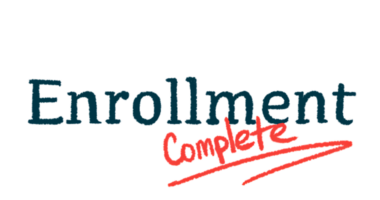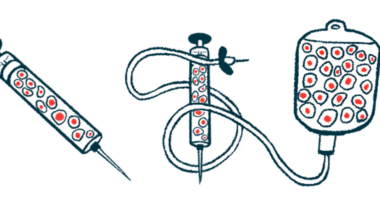Expanded access program doses 4 new patients with nasal foralumab
Now 14 SPMS patients not eligible for Phase 2 trial are getting therapy

Four more people with nonactive secondary progressive multiple sclerosis (SPMS) have received foralumab nasal spray — Tiziana Life Sciences’ therapy candidate for SPMS — via an expanded access program, the biotechnology company announced.
That program allows patients who do not qualify for an ongoing Phase 2a clinical trial (NCT06292923) to still have access to the experimental therapy. The dosing of these patients follows a decision from the U.S. Food and Drug Administration to allow the inclusion of 20 additional patients in the program, based on promising data from the first 10 participants.
“We are pleased to reach this milestone of enrolling 14 patients in our na-SPMS [nonactive SPMS] expanded access program,” Ivor Elrifi, PhD, Tiziana’s CEO, said in a company press release. “This underscores our commitment to addressing the unmet medical needs of patients with na-SPMS, particularly those who are not eligible for our ongoing Phase 2a clinical trial.”
The foralumab nasal spray is Tiziana’s lead development candidate.
Tiziana assessing results of both trial, expanded access program
Multiple sclerosis is a neurological disorder in which the immune system mistakenly attacks the myelin sheath, a protective coating around nerve fibers, leading to progressive nerve fiber degeneration and a range of MS symptoms.
SPMS follows the initial course of relapsing-remitting MS in most patients and is defined by symptoms that gradually worsen. The nonactive form means symptoms steadily worsen in the absence of relapses and/or evidence of new lesions.
Foralumab is an antibody-based treatment that works by blocking the CD3 receptor at the surface of immune T-cells. Such suppression simultaneously reduces the activity of inflammatory T-cells and increases the activity of regulatory T-cells that prevent excessive inflammation.
In an earlier Phase 1 trial, the treatment was found to be generally safe and well tolerated in healthy volunteers, and was able to modulate the immune system toward a more anti-inflammatory profile.
In the expanded access program, nonactive SPMS patients are receiving 50 mcg of foralumab in three-week cycles — one spray in each nostril three times a week for two weeks, followed by one week of rest.
Six-month data from the program’s first 10 participants demonstrated that the therapy reduced activity of microglia, the brain’s resident immune cells, in 80% of them, and lessened fatigue in 70%. Also, in all patients, disability was either stabilized or reduced.
We remain dedicated to advancing our therapies and look forward to further evaluating their potential through both expanded access and clinical trials.
The ongoing Phase 2a trial is evaluating the safety and efficacy of foralumab nasal spray in as many as 54 patients, 18-75 years, with nonactive SPMS. The study may still be enrolling adults at several sites in the U.S.
The participants are being randomly assigned to receive four three-week cycles — totaling about three months — of either one of two doses of foralumab (50 or 100 mcg) or a placebo.
The trial’s main goals are to assess the number of patients experiencing adverse events, changes in nasal symptoms, and changes in microglial activation in PET scans. Secondary goals include changes in validated measures of disability and fatigue. Other measures include assessing by MRI the presence of active lesions and changes in brain volume.
The trial is expected to be completed by year’s end.
“We remain dedicated to advancing our therapies and look forward to further evaluating their potential through both expanded access and clinical trials,” Elrifi said.







